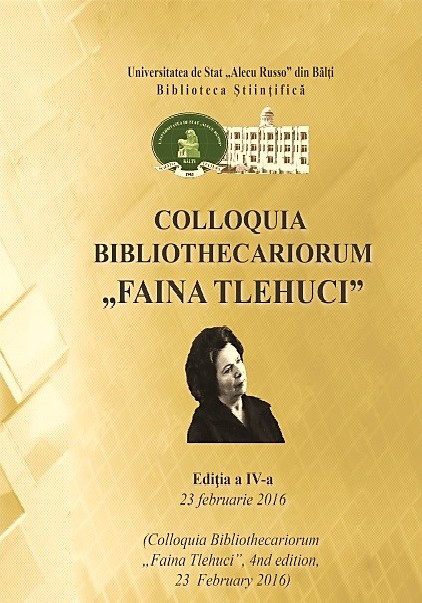
COLECŢIILE BIBLIOTECII – VALOARE ŞI CONTINUITATE
Acest capitol cuprinde articole care vin să valorifice colecţia de carte a Bibliotecii Ştiinţifice USARB.
More...We kindly inform you that, as long as the subject affiliation of our 300.000+ articles is in progress, you might get unsufficient or no results on your third level or second level search. In this case, please broaden your search criteria.

Acest capitol cuprinde articole care vin să valorifice colecţia de carte a Bibliotecii Ştiinţifice USARB.
More...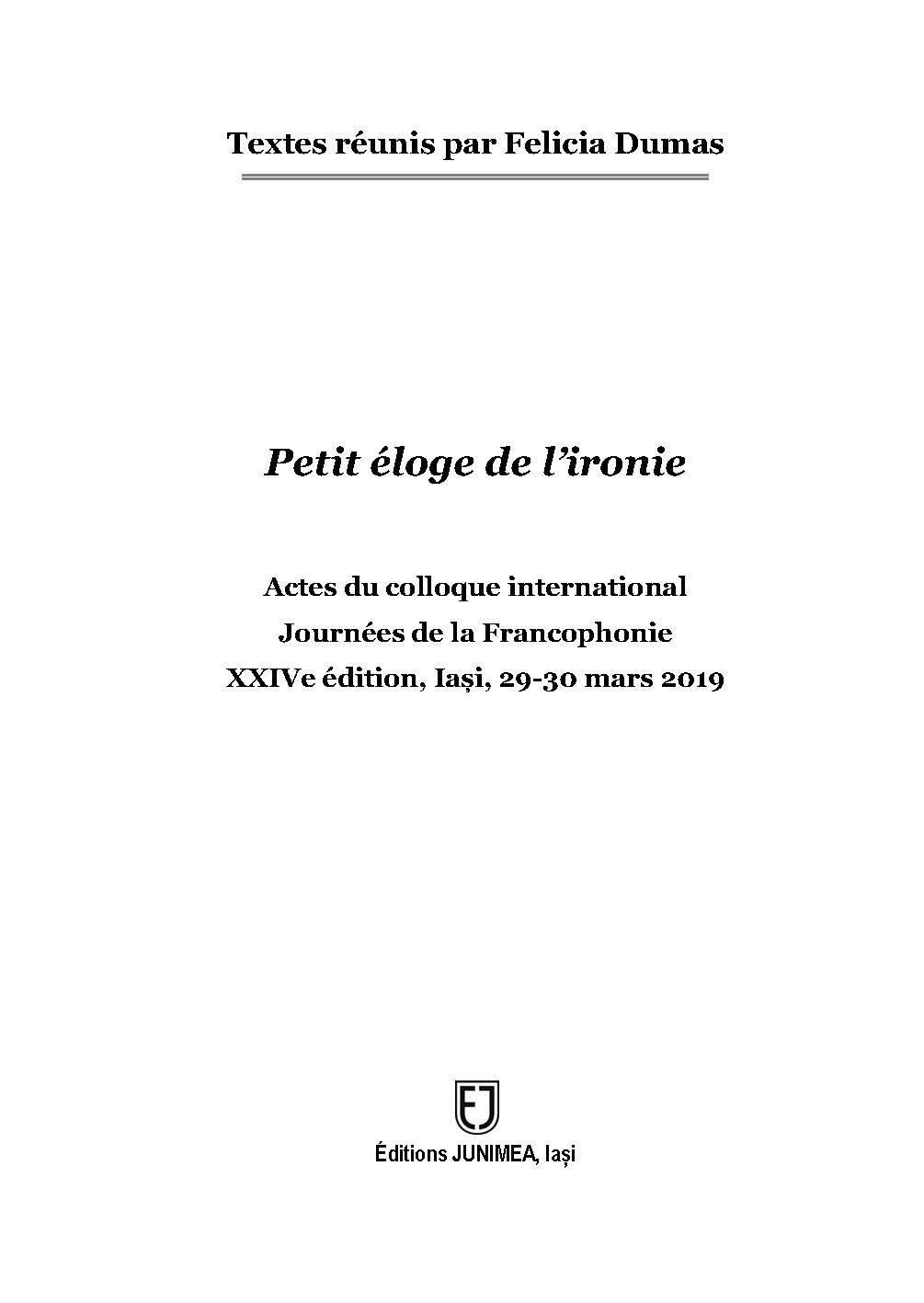
Jacques le Fataliste by Diderot represents an original reply to Laurence Sterne's novel, The Life and Opinions of Tristram Shandy. The author resorts to a multiplicity of points of view, to the narrative solution of the interior stories and of the puzzle, while illustrating his remarks on the abstract game of destiny and free will. Throughout his (anti) novel, Diderot implements new strategies of irony destined to the reader (mechanisms of destabilization and misguidance, narrative leaps, exasperating digressions), to the conventions of the genre (revelation and disqualification of sentimental novel clichés) and to social conventions (criticism of bigotry and fatalism). An ironic pact of reading is thus established; these ingenious procedures of rewriting will seduce the Moderns, from Unamuno to Kundera. In Romanian literature, I.L. Caragiale practiced dialogical writing and the game of narrative virtualities. In the end, the reader has to rethink the literary space and to establish surprising intra-narrative complicities. The legacy of Diderot will include this biting irony of the author who, while attacking literary clichés, cultivates parody, counter-fiction and metadiscourse.
More...
During the XXIth century, many writers show an important interest in rewriting the fairy tales. One of them is Joël Pommerat, a French contemporary stage director and playwright who, in 2011, reinvents on stage the very famous fairy tale of Cinderella. The paper below analyses the irony’s metamorphoses, important aspect of the traditional fairy tale’s scheme. Our main inspiration source is the study of Muguraș Constantinescu. She analyses the irony in Charles Perrault fairy tales and describes it as a “playfulness” writing way. Our purpose is to show how and why the irony identified by Muguraș Constantinescu transforms in the contemporary play of Joël Pommerat, Cendrillon. This new irony pick on the contemporary individual and contemporary reality but also the text’s lector.
More...
Tudor Arghezi is a great poet who chose to put his talent at the service of translation too. He gave the fables of La Fontaine Romanian variants remarkable for the strength of the story and the humor. He considered the rhyme and the rhythm as very important poetic elements and translated the message of the French poet keeping the aesthetic form of the original. The dialogues of the translations are remarkable for their orality, their richness of images and their perfect adequation to the characters created by La Fontaine. He translated each fable as an entire poem and maintained the networks of meaning and images.
More...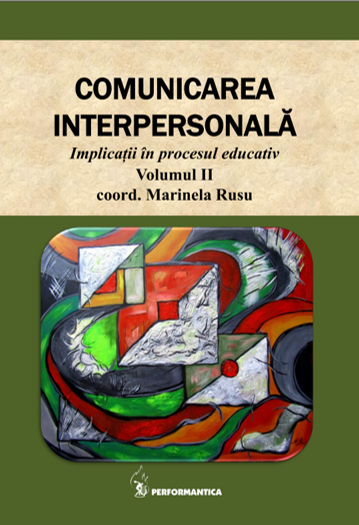
The formative role of reading is obvious in today's society marked by unrest of all kinds. Reading can and must become a moral support in the turbulent times we live in. All generations can find in reading a continuous life partner, a necessary and surprising way out of the daily labyrinth. From a formative point of view, reading literary texts develops thinking, imagination and the ability to communicate, offering themes and topics for discussion and debate, so encouraging the act of reading must become an imperative of contemporaneity.
More...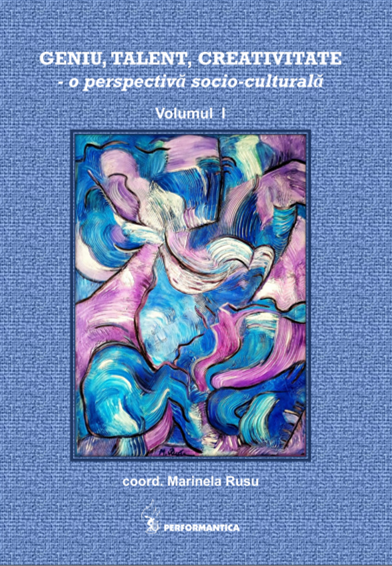
The gesture of leaving a given environment/milieu or an exteriorization of "interiority" and "subjectivity" is as risky as that of suicide to understand death. Forgetting, ultimate sincerity, exaltation, deconstructive memory could be quite unexpected and unwanted forms of death by anchoring in an unknown port marked by anxiety, or eviscerating an eye, that is, restricting vision, vision and creative imagination under the tyranny of the ideas. I added three individual models. "Notebooks" are a threshold, e.g. a space for intermediation, exit or entry, or stumbling. The warning in the pavilion would sound like this: We can be guided by utopias and generous ideas, but they can degrade, becoming ideologies that lead to dystopias, nihilism, disasters, frustrations and self-frustrations, regrets. "Let's leave the door open for us," Theodor W. Adorno urges us somewhere in A Message from The Bottle, that is, to leave neither hope nor the possibility of returning to ourselves, that is, after the beautiful Romanian saying of "come to our senses", to return to our (human) nature.
More...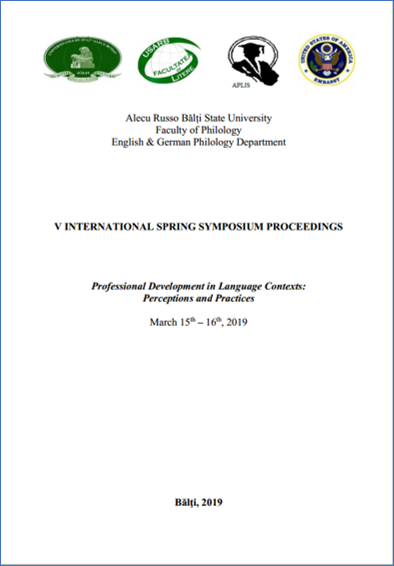
The present research deals with he poetic works of Bogdn Ghiu from the perspective of examining the chromatic symbolism of ‚black’. The poet’s imaginary images become elements-concepts of his writing: the page, the period, the letter, etc., all these being attributed a chromatic scale. ‘White’ and ‘black’ are two essential colours used by the poet to construct images in his poetry. The black colour by symmetry postulates the existence of white and vice versa; thus, a poetic image is being created in the colours of the chess game – black and white. This chromatic opposition may serve as inference to the coal drawing or engravings, or even to the arts of graffiti. As a veritable artist, the poet uses basic signs, such as the dash and the dot to obtain complex images, and harnesses the plain and economical sign – the dot (white and black) – to express profound imageries. From the point of view of semiotics, white and black constitute a system in the poet’s chromatic code, where the white period stands for the creation of the divine world while the black one – the poet’s creation.
More...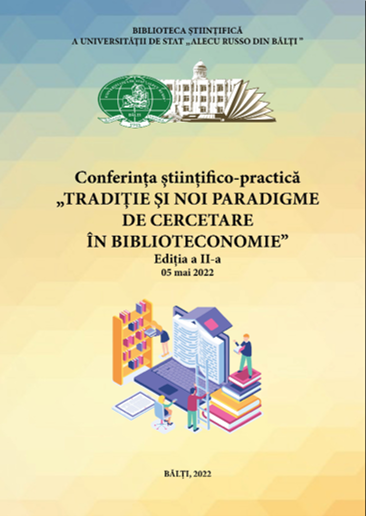
The article highlights the rare book collection of SL USARB „Useful Knowledge", published in the interwar period by the most prestigious and oldest publishing house in Romania - Cartea Românească. Some moments from the biography of the collection are reviewed: the history, the structure, as well as the variety of the contents. The value of the collection consists in familiarizing the reader with information from various fields of human knowledge, the editors being firmly convinced that the healthy training of the youth will contribute to the progress of the country and the nation.
More...
The most representative moments from the life and work of the Romanian playwright and novelist Ion Luca Caragiale are reflected in the communication. Also, the most important works of the writer from the collection of the USARB Scientific Library are used.
More...
The communication is dedicated to Ştefan Augustin Doinaş (1922-2002), a representative personality of Romanian literature, who stood out in the realm of poetry as the most prominent exponent of the ballade genre from the middle of the 20th century. Brief biographical data are presented, highlighting the genres addressed by the author: poetry, prose, essays, journalism.
More...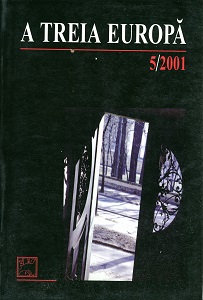
Investigations by: Âgoston Hugo, Anavi Âdâm, Balâzs Imre-Jôzsef, Biro Béla, Mircea Cărtărescu, Demény Péter, Paul Drumaru, Läng Zsolt, Mircea Martin, Carmen Mușat, Anamaria Pop, Ion Pop, Mircea Popa, Szilâgyi Julia, Szonda Szabolcs, Geo Șerban, Vallasek Jûlia, Daniel Vighi, Visky Andrâs.
More...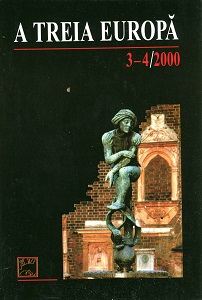
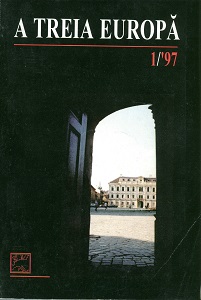
Am fixat ca temă centrală a discuției de față războiul ca eveniment - moment conflictual - al istoriei, mai exact primul război mondial și ecourile sale în două romane generate de spațiul marginal al fostului Imperiu : Transilvania în cazul primului, Pădurea spânzuraților, și Banatul pentru cel de-al doilea, Femeie, iată fiul tău.
More...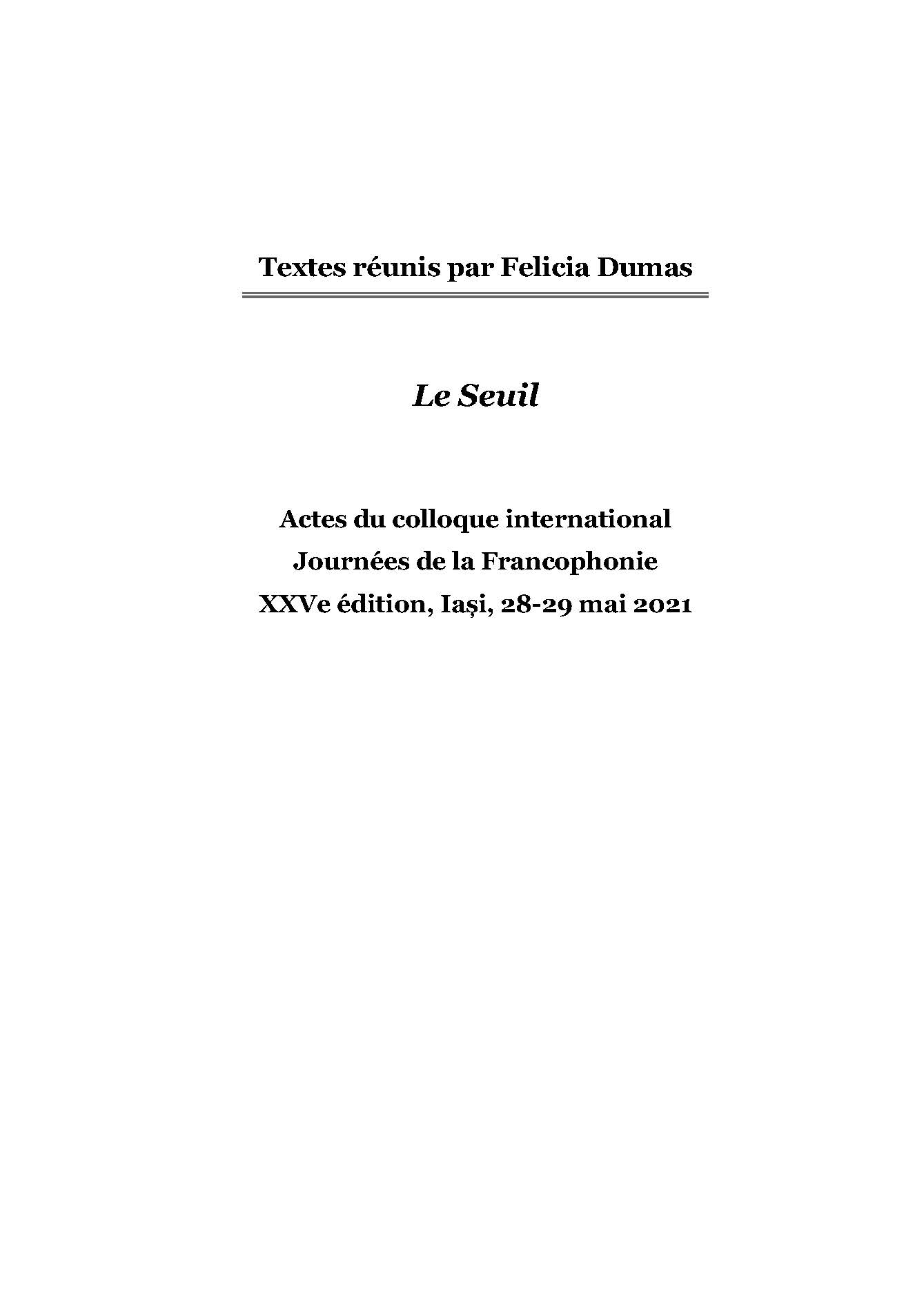
Like the myths, the tales challenge our spirit and a worldview historically based on materialism, on the philosophy of the excluded third, on linear temporality and on submission to the laws of causality. The fairy tales, and this Romanian one in particular - Youth Without Age and Life Without Death -, offer us a way out of our customary reductionism, allowing a holistic and metaphysical approach in the broadest sense. What makes the originality, if not the uniqueness, of this tale is that we are dealing with a triple threshold, or rather with three thresholds.
More...
Written in French and Romanian, Vintilă Horia’s autobiographical work dedicates an important amount of space to the recounting of dreams: memorable nocturnal dreams, as well as poignant daytime reveries of the self that tells of itself are transcribed, often commented upon and interpreted. The writer pays extreme attention to signs, that is to say, in baudelairian terms, to the forest of symbols he traverses. On the other hand, the experience of exile and wandering, so painful to the author, have elevated the Home Country, in his view, to the status of an absolute, mythical and heavenly place, and thus have created inside his subconscious a parallel geography of the world. However, sometimes, this particular type of experience, which is situated on the plane of the “imaginal world” (Henri Corbin), increases in intensity with lightning speed: a certain oneirical threshold is crossed without warning; and then we readers find ourselves, in the company of the subject expressing himself but also through him, immersed in the midst of a visionary space. These are some of the most important aspects that we aim to briefly analyse in this paper, browsing through a remarkable autobiographical body of texts, comprising some 1500 pages, that this great exile and Goncourt winner (1960) has left behind.
More...
This research tries to propose a different attempt to approach the writings of and the critique discourse on Eugène Ionesco. The basic guidelines consist of the means of reflecting derived from what could still be named theory of literature. The possibilities of questioning the functioning of literature and of literary criticism are, in principle, rendered visible and intelligible by the domain of theory. It is in this sense that we consider theory as a central threshold before the text, since theory comes before practice or, in other words, theories regulate the reading of a text. The text is preceded by the conventions of reading and by horizons of the reader. But theoretical discourse represents a chance to contribute to their exposure and it helps to question how the text is made (constrained) to signify. After sketching the theoretical sphere, we test certain hypotheses starting from the prefaces and the introduction to the English and French editions of “The Theater of the Absurd”. Moreover, we choose a short text included in “Présent passé, passé present” in order to illustrate a theoretical reading. Thus we bring to light a configuration of theoretical means related to the practices of the critique and literary discourses.
More...
Benjamin Fondane is a Romanian author which at the age of 25 left for France, where he became a renown philosopher and expert in aesthetics. This modification of geographical coordinates had a significant impact on the author: the threshold he has to pass is not only linguistical but also creative. His life there isn’t facile and has to face the French language, which he knew but only by means of reading. Fondane’s meeting with Shestov was an important event in his life in France; it is Shestov who insists that he should read philosophy and also encourages him to write philosophy. It is for this reason that Fondane’s French poetry, his philosophical essays and aesthetic studies bear, to a certain extent, the mark of Shestov. Shestov and Fondane are philosophers of mystery and metaphysical anxiety, of the suffering of the individual and of the dialogue between man and God – if Shestov continues on the path of religious thought, Fondane remains more firmly attached to the Jewish spiritual identity and this fact is quite apparent – all of his philosophical and poetic work confirms it.
More...
The main cultural threshold to Romanian books from the Bessarabian space is represented by religious texts. These constitute the link between the Romanian background and the new historical context of Russian origin of the 19th century. These texts have had a dual role in the maintenance and development of Christianity on the one hand, and in the propagation of cult variants of the Romanian literary language on the other. This study will analyse the first Romanian book produced in this political framework dominated by the Russian Empire, a liturgical book printed by the Metropolitan Gavriil Bănulescu-Bodoni in 1815, in Chișinău. The Liturgy is written in Cyrillic script, in Romanian, but it strictly followed the compositional structure and formal organization of Russian books.
More...
The French poet Paul Verlaine belongs to classicism from the point of view of poetic form and to modernity from the point of view of semantic content. His poems question the created artistic universe, just as modern poetry does. His lines are noticed by order, rigor and symmetry. The poets Dimitrie Anghel and Șt. O. Iosif tried to translate them in such a way that their variant has on the Romanian reader the same effect as the original on the French reader.
More...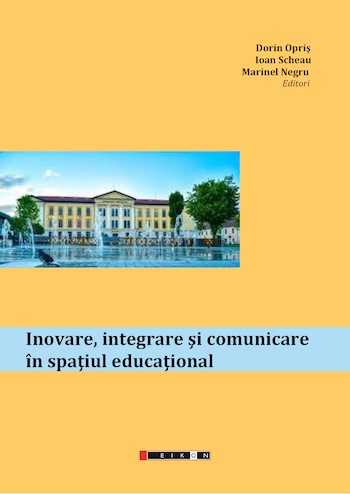
Traditional ways of approaching the literary text tend not to identify and explore the deep resources of imagination and creativity that each pupils possesses. Integrated contents through literature and visual arts should inspire pupils to explore and develop these hidden resources, giving them the opportunity to evolve and contribute to society in unique ways. Reading fairy tales, for example, takes pupils to fantastic realms, offers them the opportunity to meet different characters, portrayed in different situations and colours, and introduces elements that can inspire their imagination when creating art work. The condition to transpose a literary work into an art work, a meaningful excerpt of the text should be selected and read, the elements that the art work is to be based on should be highlighted, and methods and procedures appropriate to the proposed content should be applied. The scientific problem considers the theoretical substantiation and methodological instrumentation of the pedagogical conditions necessary to ensure the efficient interaction between the methods and procedures applied during the processing of a literary work in correlation with visual arts oriented to developing the imagination and creativity of younger school age pupils. The aim of our paper is to design a conceptual model of interaction of methods applied in the classes of literary text processing in correlation with visual arts in the younger grades of elementary school in order to optimize the didactic act. This paper is very important from an interdisciplinary point of view, but also to highlight, trough images and words, the values of interculturality at the geographical area where the Romanian language and visual arts are learned in the pupil’s mother tongue.
More...